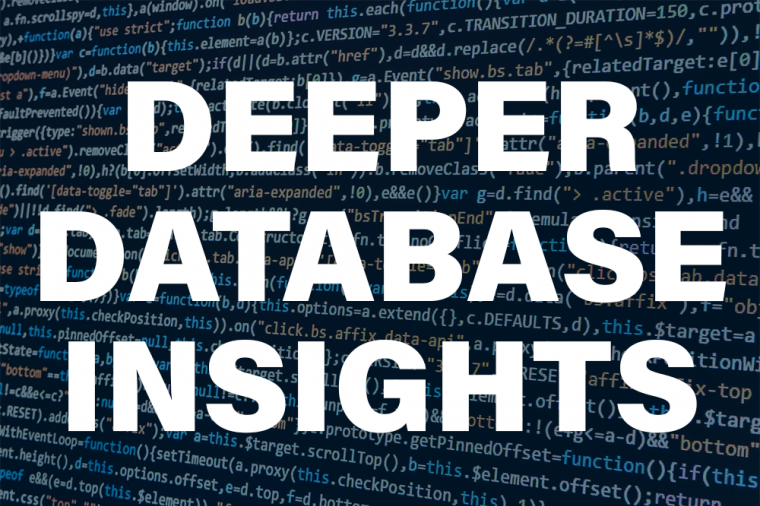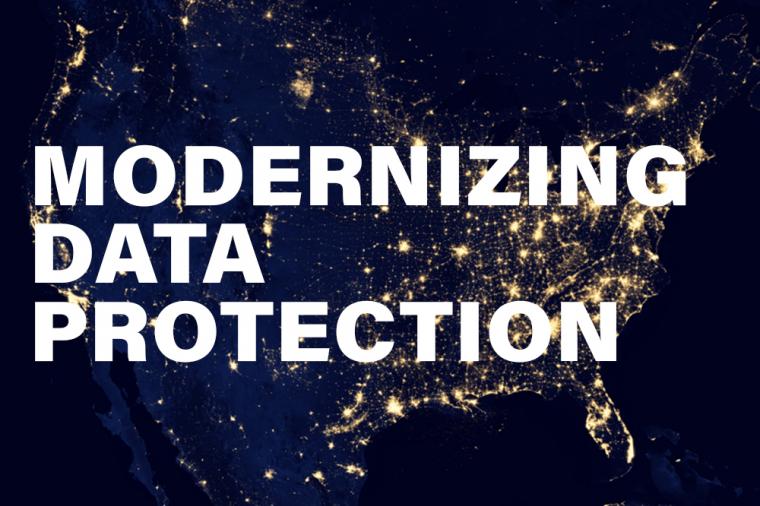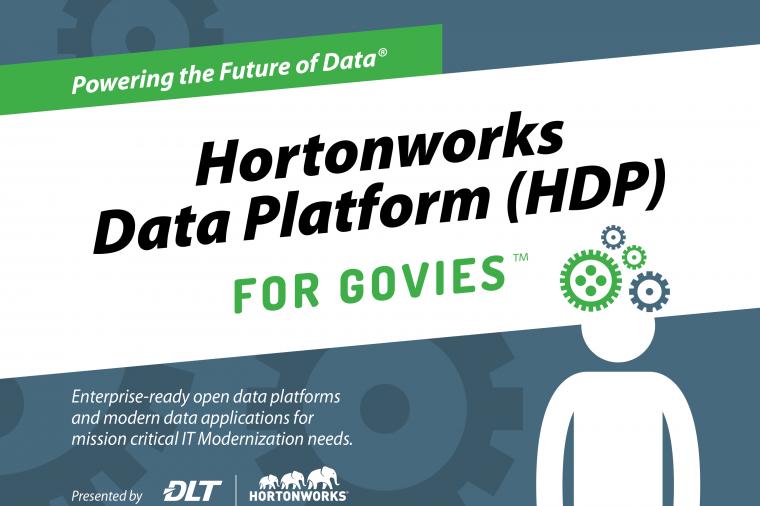From “If Only” to “What If”— Get Timely and Actionable Insights from Your Log Data

Public sector organizations generate huge volumes of log data each day from servers, virtualization infrastructure, databases, security systems, applications, and more. And, according to IDC, unstructured data is growing at an annual compound rate of 60%. But due to its unstructured nature, that data, often called machine data, is much harder to analyze than structured data. The volume and velocity of this data means that typically it’s either never collected, or collected data is never analyzed, or the analysis is untimely and dated.
But there’s significant value in log data that could be harnessed and analyzed to gain operational intelligence.
What if you could turn all that unstructured data into actionable insights?
Imagine if your IT team could get an early warning about problems in production applications or infrastructure. Properly analyzed, log data can illuminate root causes of network or system failures, make it easier to discover security breaches and compliance issues, and provide insights into application metrics and behaviors.
Business teams would also benefit. Detecting an issue with citizen-facing infrastructure or application ensures government services are delivered in a timely manner. Furthermore, fast resolution of internal infrastructure failures means employees can continue to perform mission-critical tasks.
Today this work is done, if at all, using home-grown scripts and tools and manual and time-consuming analytics on in-house log management systems.
Agencies can gain critical business advantages if they collect, manage, and analyze their log data. So, what is the best way to accomplish these goals?
From “If Only” to “What If”
As log volumes grow, any solution must be scalable enough to keep pace. And, because data has a half-life of just 30-minutes, after which point it loses its value, data must be mined automatically to detect trends and anomalies and insights delivered in real-time. That data must also be protected at-rest and in-transit. The solution must also be cost-effective and easy and fast to provision.
DLT’s new partnership with machine data analytics and secure leader, Sumo Logic, brings all this to the public sector.
Sumo Logic’s next-generation log management and analytics services deliver actionable insights into application and infrastructure operations and security while the reducing complexity and cost of doing things the old way.
As a massively scalable, multi-tenant service, Sumo Logic performs log data collection, processing, storage and analysis within a centralized and highly secure cloud-based platform. It effortlessly handles all log data, regardless of volume, type or location, enabling IT teams to uncover operational and security insights buried under terabytes of logs in seconds.
Reduce Time to Investigation and Time to Resolution
Sumo Logic is designed from the ground up to handle big data-scale environments. Among Sumo Logic’s breakthroughs is its near-zero latency Real-Time Forensics™ engine that delivers real-time search results from terabytes of log data. Real-Time Forensics makes critical new events occurring within the IT infrastructure instantly available for analysis. Anomalous conditions can be spotted as they occur, enabling operations teams to respond immediately to prevent network outages, eliminate system downtime, resolve application issues and improve SLAs. In short, Sumo Logic reduces mean-time-to-investigation and mean-time-to-resolution dramatically.
What previously was just a massive collection of raw data can now be transformed into manageable operational insights that can have a direct impact on business performance.
Sumo Logic solutions are available exclusively through DLT on the NASA SEWP V contract vehicle. To learn more about how DLT and Sumo Logic are accelerating cybersecurity in the public sector, visit www.dlt.com/government-products/sumo-logic.















































